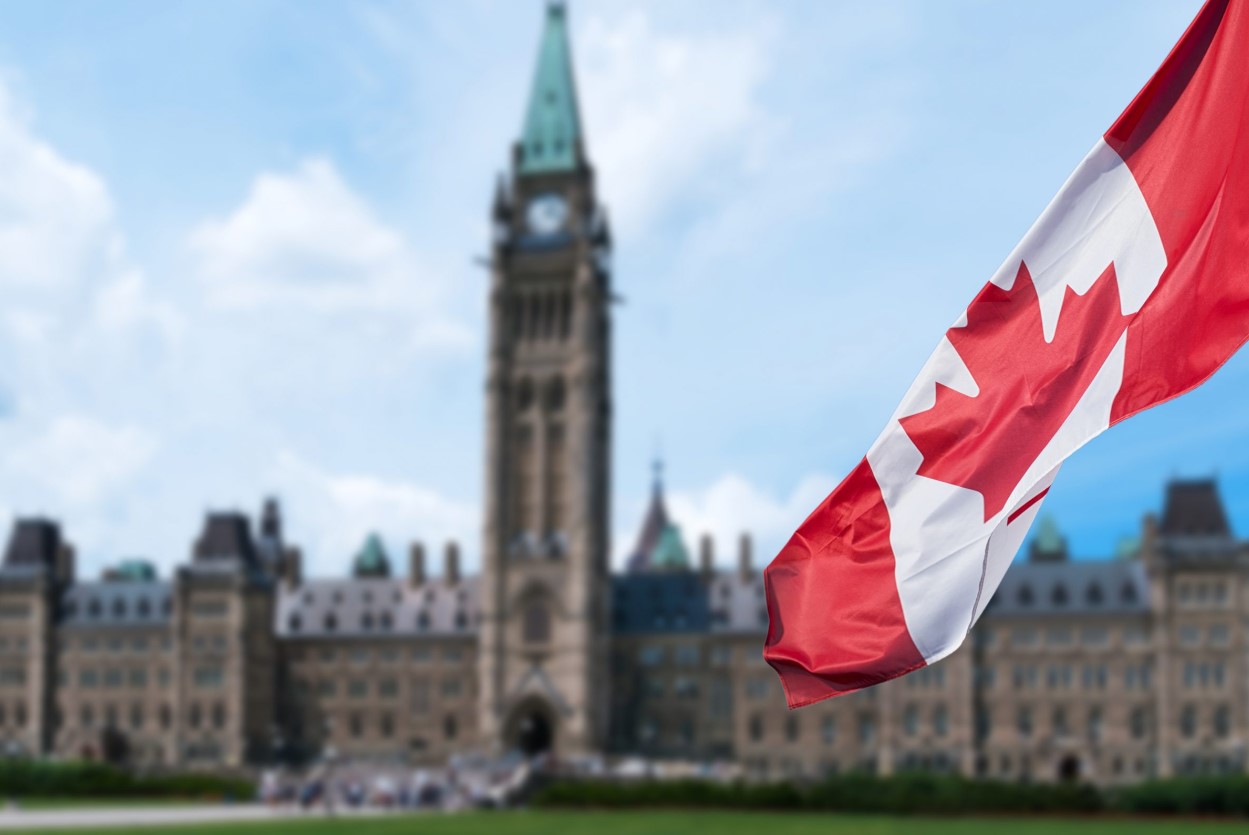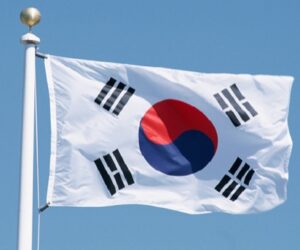On May 18, Health Canada’s Food Directorate announced the approval of an EPA/DHA triglyceride lowering health claim for foods containing at least 0.5 g (1.000mg) of EPA+DHA.
This monograph is intended to serve as a guide to the industry for the preparation of Product Licence Applications and labels for natural health product market authorization. It is not intended to be a comprehensive review of the medicinal ingredient. This monograph is specific to eicosapentaenoic acid (C20:5 n-3, EPA) and docosahexaenoic acid (C22:6 n-3, DHA).
According to the Food Directorate “The evidence consistently supports a highly consistent direction of effect towards a reduction in triglyceride levels when EPA and DHA are consumed. The vast majority (>80%) of the treatment arms from the larger studies (≥30 participants) administering a daily intake of at least 1.5 g of EPA+DHA demonstrated a statistically significant reduction in triglyceride levels.”
As in other countries like the United States, the claim’s text should very prescriptive, for example, “85 g (½ cup) of canned pink salmon supplies 40% of the daily amount of omega-3 EPA and DHA shown to help lower triglycerides.”
While this health claim is only for foods, an approved triglyceride lowering statement already exists for omega-3 supplements sold under the Natural Health Products (NHP) monograph which can be reviewed here.
It covers many fish sources (eg. anchovy, mackerel, salmon, herring), with the route of oral, in an acceptable pharmaceutical dosage form that includes, but are not limited to capsules, chewables (e.g. gummies, tablets), liquids, powders, strips or tablets.
Doses per age are seen on page Nbr. 3 of the Canada-Monograph Fish Oil, more specifically for children aged 1-8 yrs, min EPA+DHA is 100ppm, being 1.500mg (1.5g) the maximum. For adolescents, the max amount of EPA+DHA is 2,5g, and 5g for adults.








